– News and architectural criticism covered by Quincy Quarry News with commentary added.
Horror on the Hudson: New York’s $25 billion architectural fiasco.
The Hudson Yards development project in New York City is a billionaires’ playground where haircuts can cost as much as $800 and high-rise condominiums run as much as $32 million.
So why do the towering colossuses of Hudson Yards feel so cheap?
From the architectural zoo of convulsing angles to the apparent abject lack of care spent on the details, this is bargain-basement building-by-the-yard sort of stuff that would feel more at home in a second-tier city of a developing foreign economy.
In short, the truth hurts.
And in an instructive example for Quincy locals, it must be noted that the hot mess that is Manhattan’s Hudson Yards real estate project has eerie parallels with Quincy Mayor Thomas P. Koch’s grandiose plans for “A New Quincy Center©.”
For example, both projects are located hard upon railroad tracks as well as that Hudson Yards and A New Quincy Center© have a well-heeled developer in common.
In turn, only time will tell if these projects are on the right or wrong side of the tracks.
In the meanwhile, the well-past over the top opulence of Hudson Yards has drawn its fair share of criticism as a mega-project pandering to the rich and tourists as well as larded up with massive taxpayer-funded subsidies while ignoring the real lives of the majority of New Yorkers.
One article in an important New York magazine labeled the development a “billionaire’s fantasy city.”
How over the top?
Even the trees at Hudson Yards are air-conditioned, with a climate control system installed so as to “ensure that the plants and trees at Hudson Yards will be the most pampered in New York City.”
And in its own way, Quincy Center’s roughly $30 million Kim Jong Koch Plaza in front of City Hall to date and more spending to come on landscaping is also well past way over the top.
Returning to Hudson Yards, “I can’t help feeling like an alien here, as though I’ve crossed from real New York, with all its jangling mess, into a movie studio’s back-lot version. Everything is too clean, too flat, too art-directed,” wrote architecture critic Justin Davidson.
“This para-Manhattan, raised on a platform and tethered to the real thing by one subway line, has no history, no holdover greasy spoons, no pockets of blight or resident eccentrics – no memories at all.”
In other words, faux, if not fake.
Further troubling, both projects have been touted as self-financing projects, which makes it sound like as if they come as no cost to the public, but the reality is that both are actually very costly for taxpayers.
In the case of Hudson Yard, the City of New York City is laying out a total of $5.7 billion in tax breaks, bonds and other spending in the area. Much of municipal spending is for public infrastructure: the extension of a major subway line, parks and a new public school.
In particular, Hudson Yard’s commercial and residential developers will be enjoying a hefty break on their property taxes, adding up to more than $1.4 billion, according to a November analysis by world-renowned The New School for Social for Social Research.
“This project was sold as a self-financing project, which makes it sound like it’s free, but the reality on the ground is it’s actually very expensive,” said Bridget Fisher, one of the analysis’ authors.
Similarly, albeit on a smaller scale, Mayor Koch’s plans for Quincy Center have so far entailed over $350 million in actual public infrastructure spending as well as various sorts of proposed spending and expected pending spending asks yet to come.
Further, incentives already handed out to developers by Koch and those currently proposed to be gifted – if not also grifted – are already on the order of $100 million or thereabouts, with even more incentives only reasonably expected to follow.
Even more troubling, on a size of project adjusted basis, taxpayer-funded infrastructure spending and incentives handed out by Quincy Mayor Thomas P. Koch’s plans for A New Quincy Center© look to be at roughly at least twice as generous for developers than is the case at Hudson Yards.
And on other fronts, Eater’s food critic Ryan Sutton, panned Hudson Yards’ dining scene, writing that it “solidifies Manhattan’s slow transformation from one of the world’s most distinctive urban centers into a nondescript international mall for the wealthy” with a “style of urban planning that favors destination diners (and those who live in the deluxe apartments) over any one who hopes to walk down the block and feel the energy of people spilling out of crowded bars and culinary establishments.”
“It’s a reinvention of New York that would make a Las Vegas casino owner proud,” Sutton wrote.
That and finding oneself broke after after visiting.
Sound familiar?
Source: Horror on the Hudson: New York’s $25bn architectural fiasco
Quincy Quarry text based on an architectural review by Oliver Wainwright and published in The Guardian.

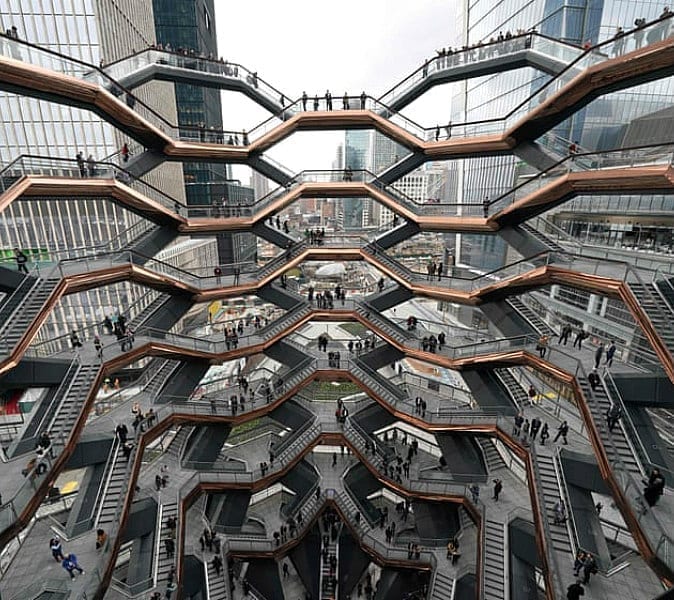
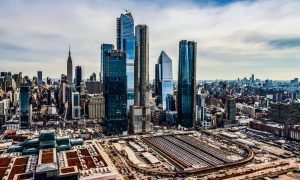

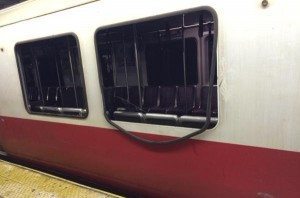
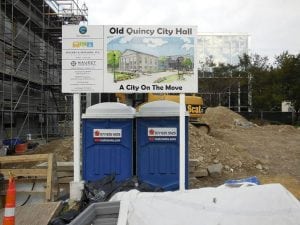
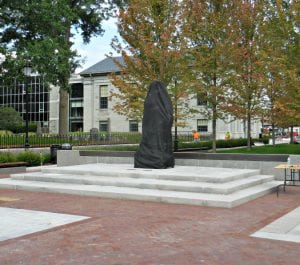




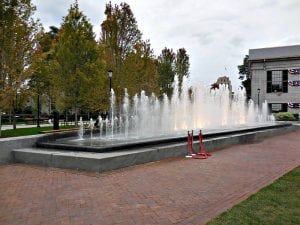



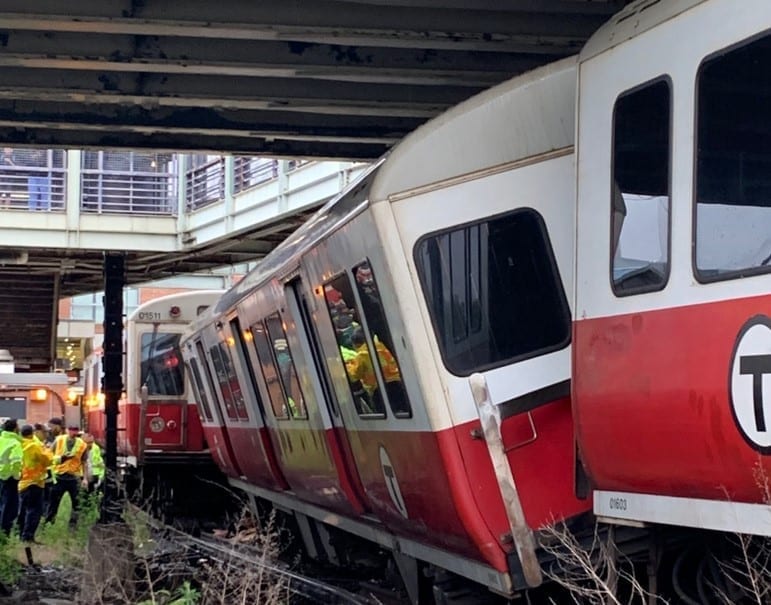






Rats in a maze?
Don’t let Tommy see this whatever you do!
Locally we have the Horror on Hancock.
Haven’t you seen Kim Jong Koch Plaza in front of City Hall? It’s too late. WAY too late.